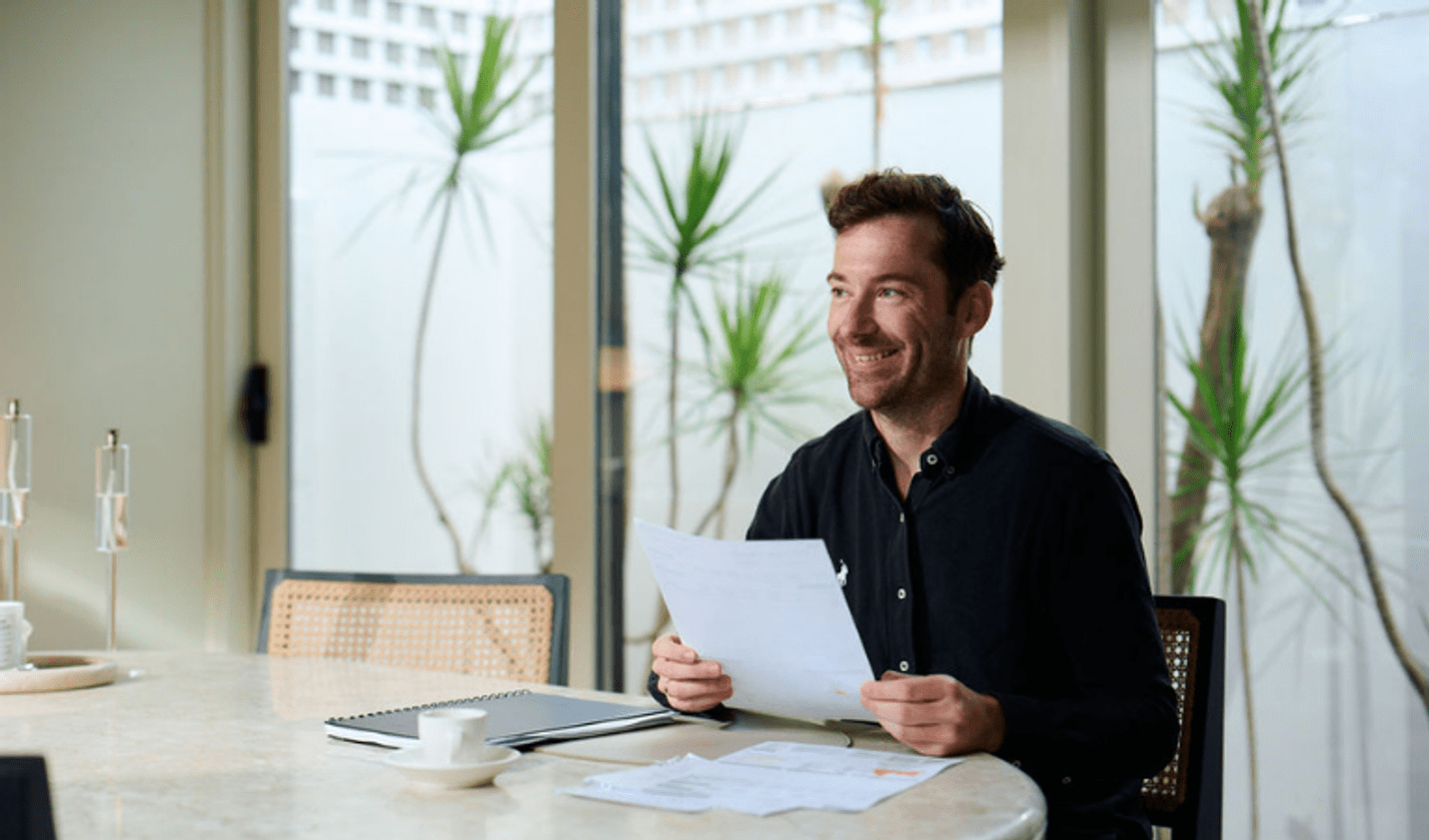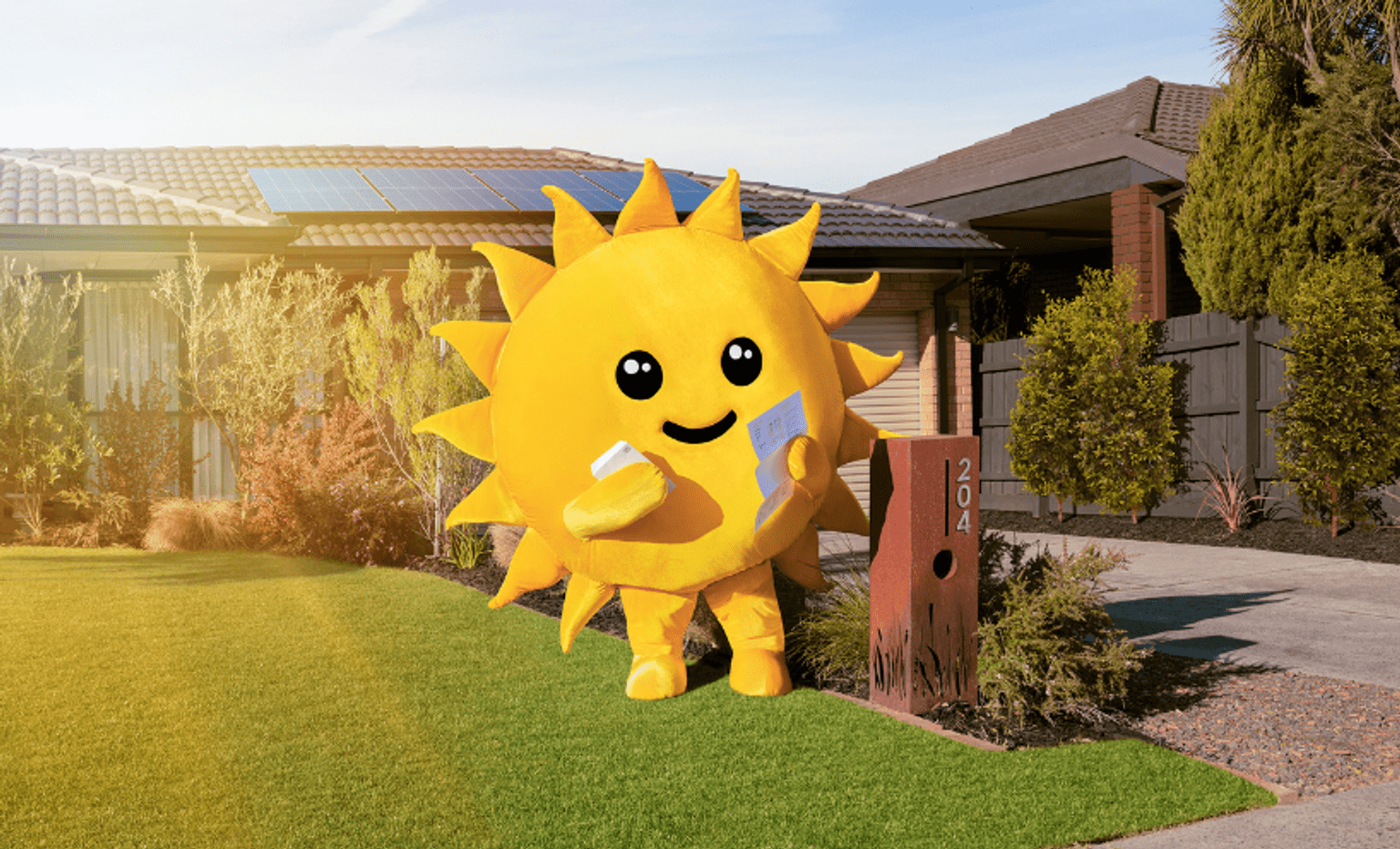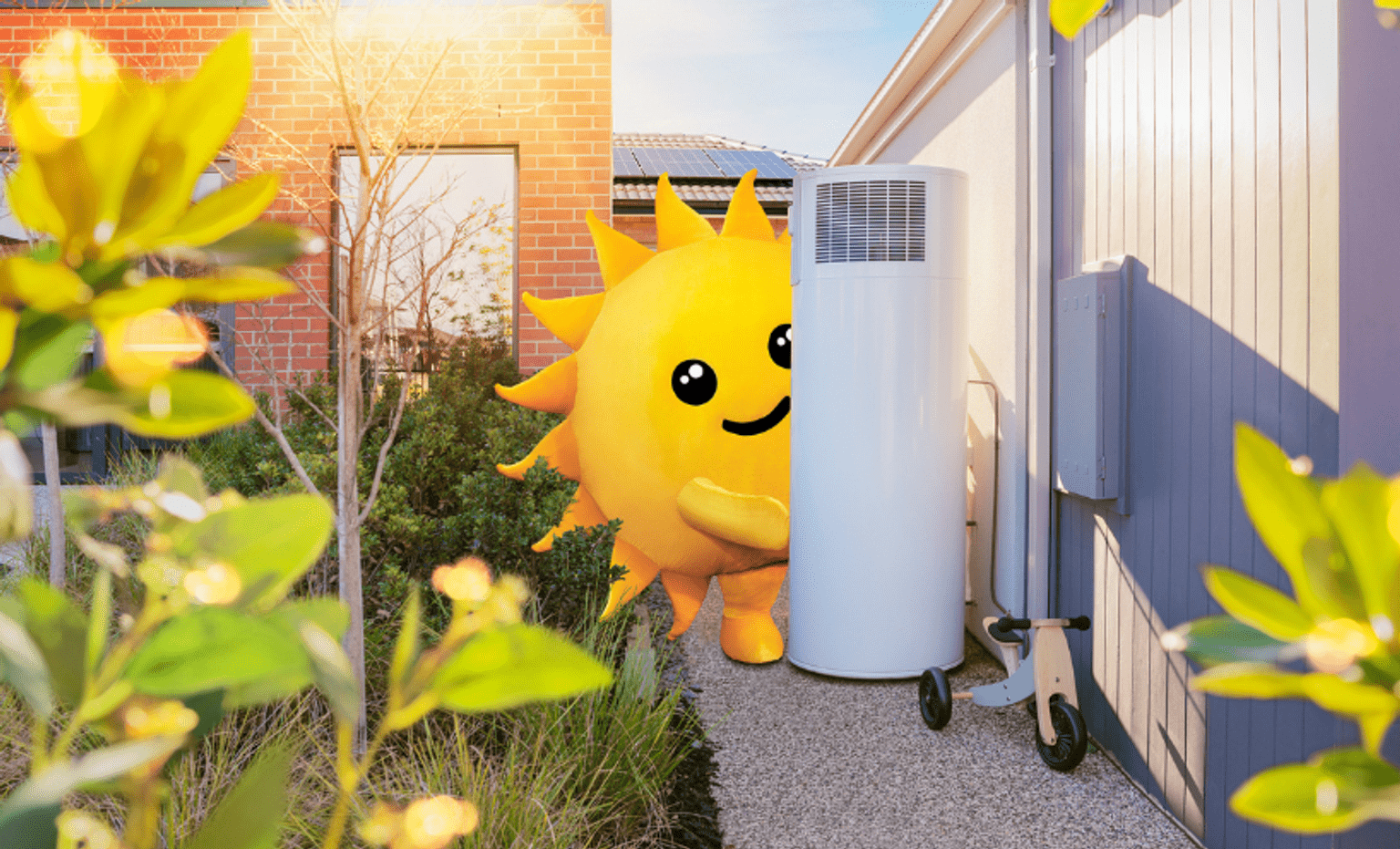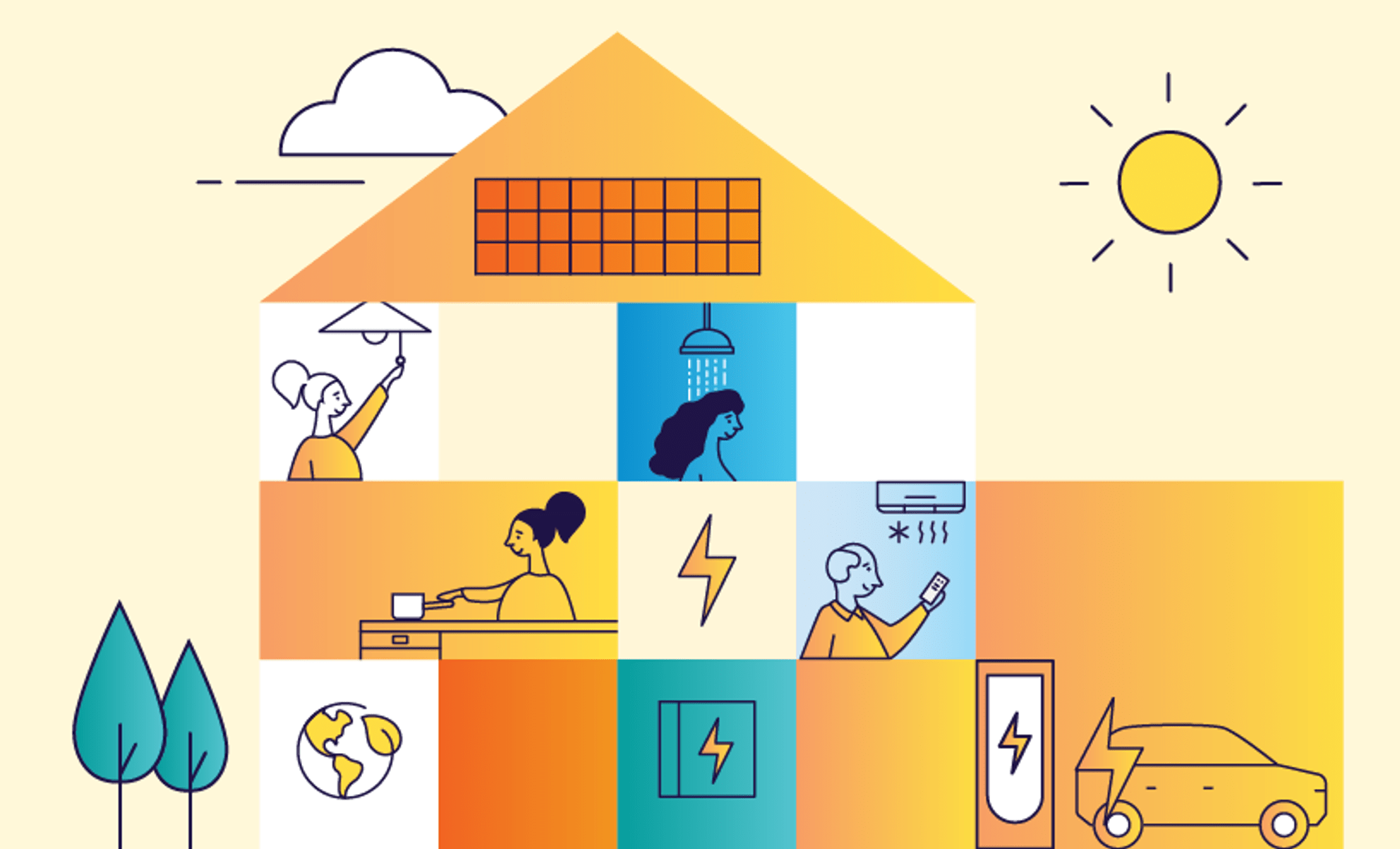The first step: solar
When Shane and his wife Nicole moved into their 3-bedroom townhouse in Melbourne in August 2019, the plan was to create a sustainable home. “A return on investment didn’t drive us; we just wanted to do our part for the planet and reduce our carbon footprint,” Shane said.
Like many Victorians looking to electrify their homes, installing solar panels on their property was the first step. Taking advantage of the Solar Homes rebate and small-scale technology certificates (STCs), they installed solar panels within three months of purchasing their home.
Shane predicted back in 2019 that the FIT (feed-in-tariff) would reduce due to the high uptake in residential solar. So he can still maximise the savings from his solar system, Shane schedules other appliances, such as his dishwasher, washing machine, and dryer, to run during the day. On sweltering days, he turns on air conditioning to cool-down while his solar panels are generating free energy.
He also times his electric vehicle to charge in the morning and mainly at home, only using a supercharger on rare occasions. Shane’s best advice is to use the energy generated by the solar system while it is being produced through self-consumption.
Heat pump and other upgrades
In October 2021, Shane upgraded his gas-powered water heater to a heat pump. “It doesn’t use much energy as I time it during the day to coincide with solar,” Shane shared. “It’s also quiet, and I’m impressed with the device's energy efficiency.”
“We had to do some additional work when we installed our heat pump so we could future-proof our home,” Shane added. To ensure the home could handle more electrification upgrades, an electrician also rewired it, so the smart meter outside was their primary power board. This allowed for an electric vehicle wall charger to be installed.
Shane and Nicole, both avid cyclists, recently purchased an e-bike. It can travel over 70-80km on a single charge, and they charge it during the day to take advantage of free energy from their solar system.
He has also looked at other incentives in Victoria to reduce his carbon footprint further. Through the Victorian Energy Upgrades Program, he has changed to energy-efficient LED lights.
Shane and Nicole’s home is now all electric. Through further government incentives they were able to replace their gas heater with a reverse cycle air conditioner to both heat and cool their home. Their last step was installing an induction cooktop which allowed them to finally cap their gas meter.

Five tips to maximise your solar savings
Here are five ways to get most out of your solar system.
Top tips from Shane
- Make time to do your research: Subscribe to regular newsletters from organisations that support electrification. RenewEconomy, Rewiring Australia, Solar Quotes, and Solar Victoria have valuable information-packed newsletters for subscribers. Also, look into what incentives are offered via the Victorian Energy Upgrades program. Reach out to your local council to see if they provide any webinars or in-person events regarding electrification.
- Make a plan and understand your timeline: It can’t all happen simultaneously. Shane has a five-year timeline for his home to become all-electric.
Find a tradesperson you can trust: Before you contact a solar retailer, have a tradesperson look at your home and assess what work needs to be done. The electrics on your house can be restrictive, especially if it is an older property.
You should know:
- where your switchboard is located
- how the solar panels will look
- where your solar panels will fit
Shane's townhouse has limited space, which led him to opt for microinverters on his solar system instead of a standalone inverter on the ground level. Additionally, he chose a heat pump over solar hot water to maximise the area available on his roof for solar panels. He recommends that people “Seize the day. We all have an opportunity to make a difference and create a more sustainable future.”
Start your research
To start your research and take the journey towards electrification, read more on our Solar Hub and subscribe to our newsletter. You can also assess your home's energy use and comfort, and receive recommended improvements through the Residential Efficiency Scorecard program currently delivered by the Victorian Government.
Updated




